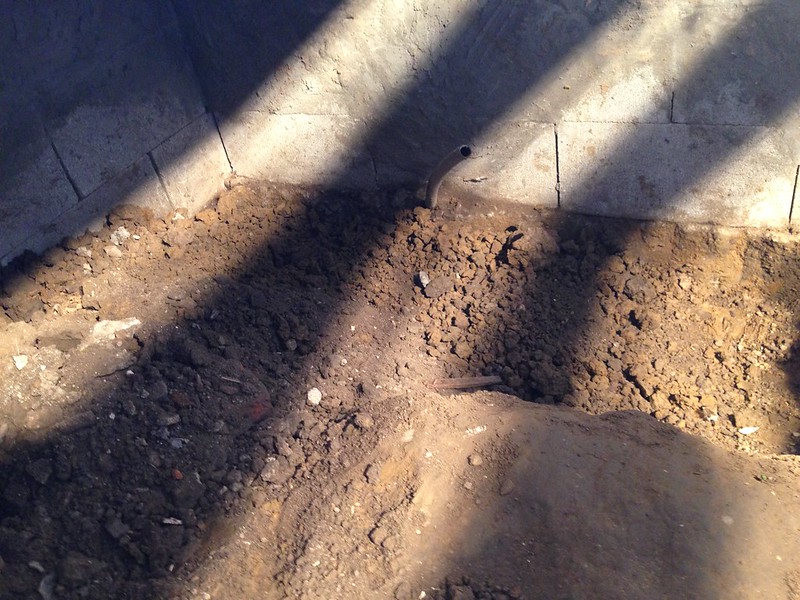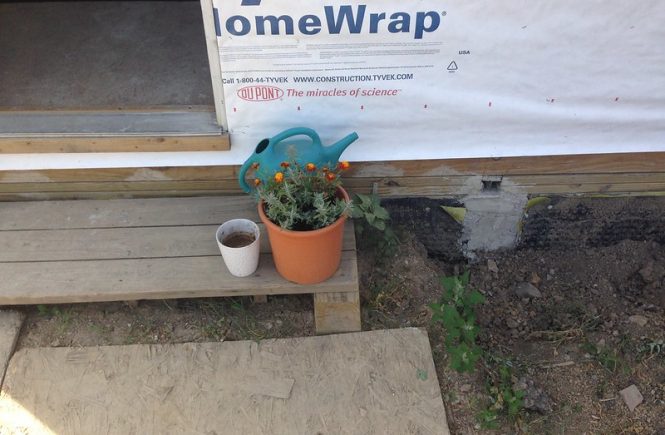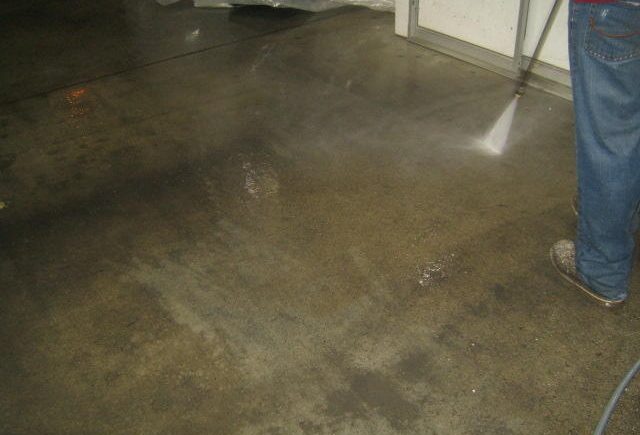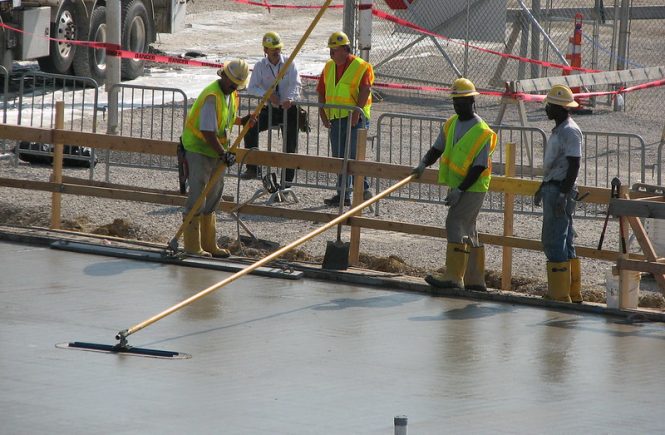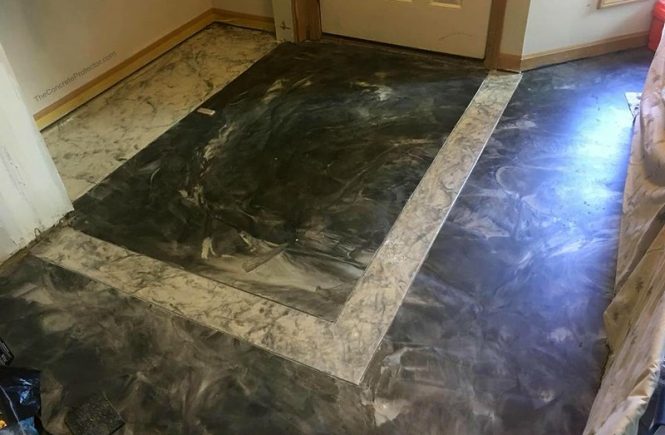Concrete is simple, flexible, robust and economical to work with. It is also one of the strongest construction materials known, by taking a few simple precautions. Relatively few individuals involved in concrete mixing, storage, and finishing have suffered injuries. Building equipment and devices pose possible constant hazards for busy construction workers. This is why the building projects need hard hats. Consequently, it is recommended that some kind of head cover, such as a hard hat or safety cap, be worn while employed on any construction job; big or small.
Proper eye protection is important for work with concrete or cement. Eyes are highly susceptible to dust flying, asphalt splattering, and other objects from outside. Wearing full-cover goggles or protective glasses with side covers may be advisable on some workers. Vision is essential. Using proper protective devices and existing alert to protect the head and eyes.
Also in small amounts, all materials used to produce concrete – portland cement, coarse aggregate, sand, and water – are pretty strong. The back should be straight when carrying heavy objects, knees bent and the weight between the knees should be as close to the body as possible. Do not twist these things at the waist when lifting or holding them. Instead of straining your back under a heavy load, get help.. Remember to use your head, not your back.
Let the hydraulic machinery work to your benefit by placing the concrete as close to its final location as possible. After the concrete is poured by chute, pump, or wheelbarrow in the desired location, it should be moved – not raised – with a shovel to the final position. A short-handled, square-end shovel is an excellent tool for spreading concrete but it is also possible to use special concrete rakes or come-alongs. Excessive horizontal concrete movement requires not only extra effort but can also contribute to the separation of concrete materials.
Care should be taken while working on fresh concrete to prevent skin irritation or chemical burns. Frequent contact between fresh concrete and skin surfaces, eyes, and clothing can lead to very serious burns, including burns in third degree. When pain persists, consult a doctor. For extreme burns or large areas of the burned skin, seek urgent medical attention.
- Abrasive sand is abrasive to bare skin embedded in fresh concrete.
- Foundation & portland cement is naturally alkaline, so wet
- Caustic concrete and other mixtures of cement are highly fundamental (pH 12 to 13).
- Strong bases, including strong acids, are toxic to the skin or are caustic.
- The drying of cement from portland is hygroscopic-it absorbs water. In reality, cement on the portland needs to harden with water. It can remove water from any substance, including skin, that it touches.
Since saturated clothing can transfer alkaline or hygroscopic effects to the skin, clothing worn as protection from fresh concrete should not become saturated with moisture from fresh concrete.
We should wear waterproof boots, a long-sleeved shirt, and long pants. When you have to stand in fresh concrete as it is being poured, screed, or floated, wear rubber boots that are high enough to prevent concrete from reaching them.
